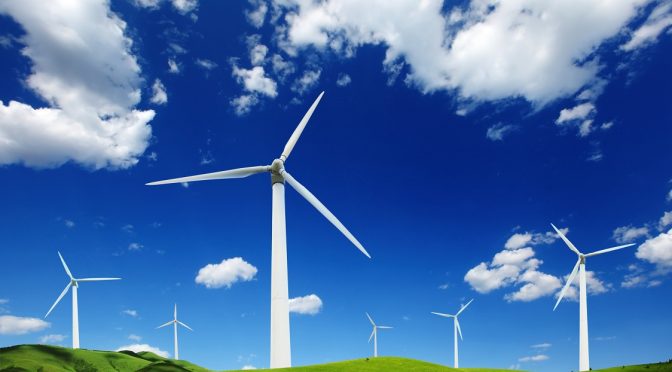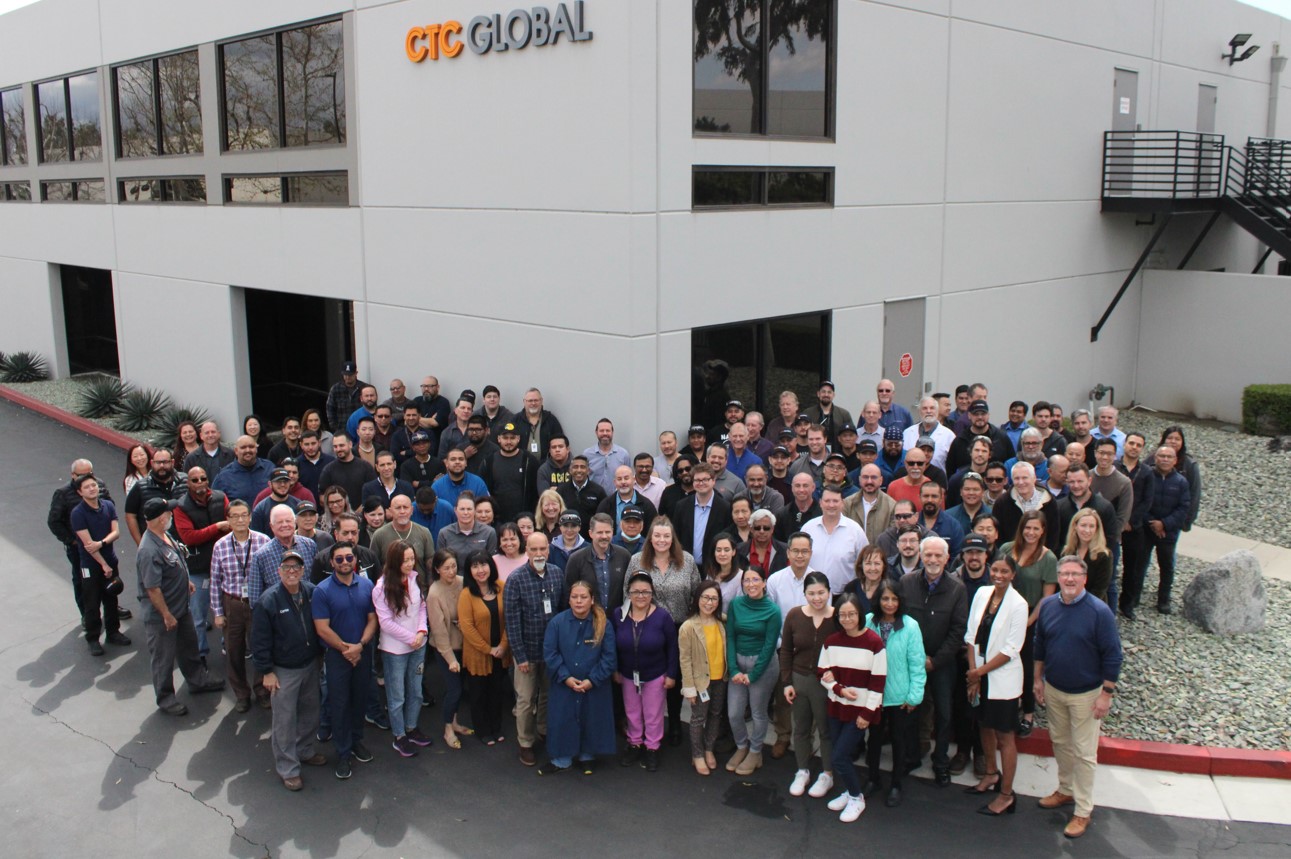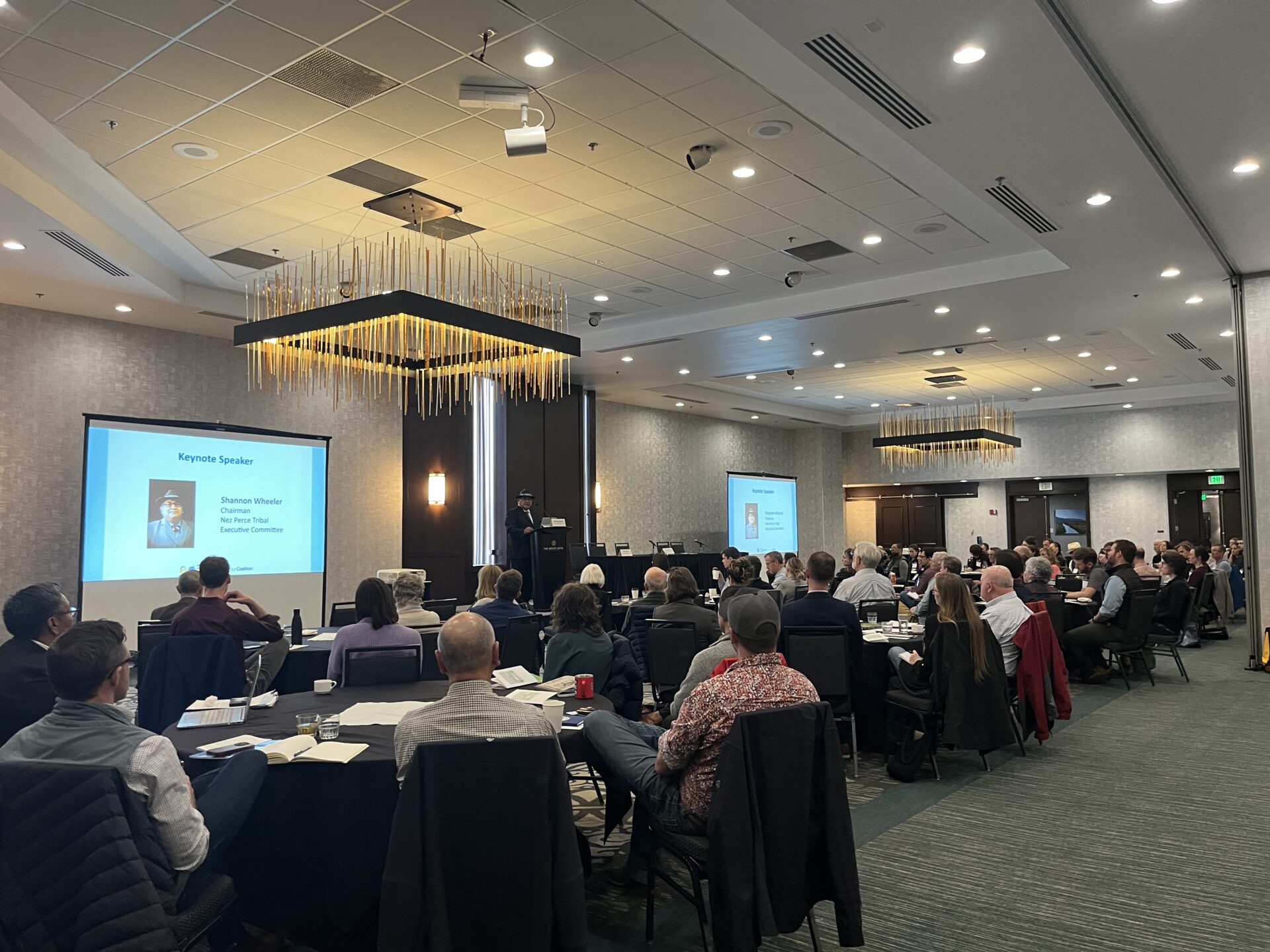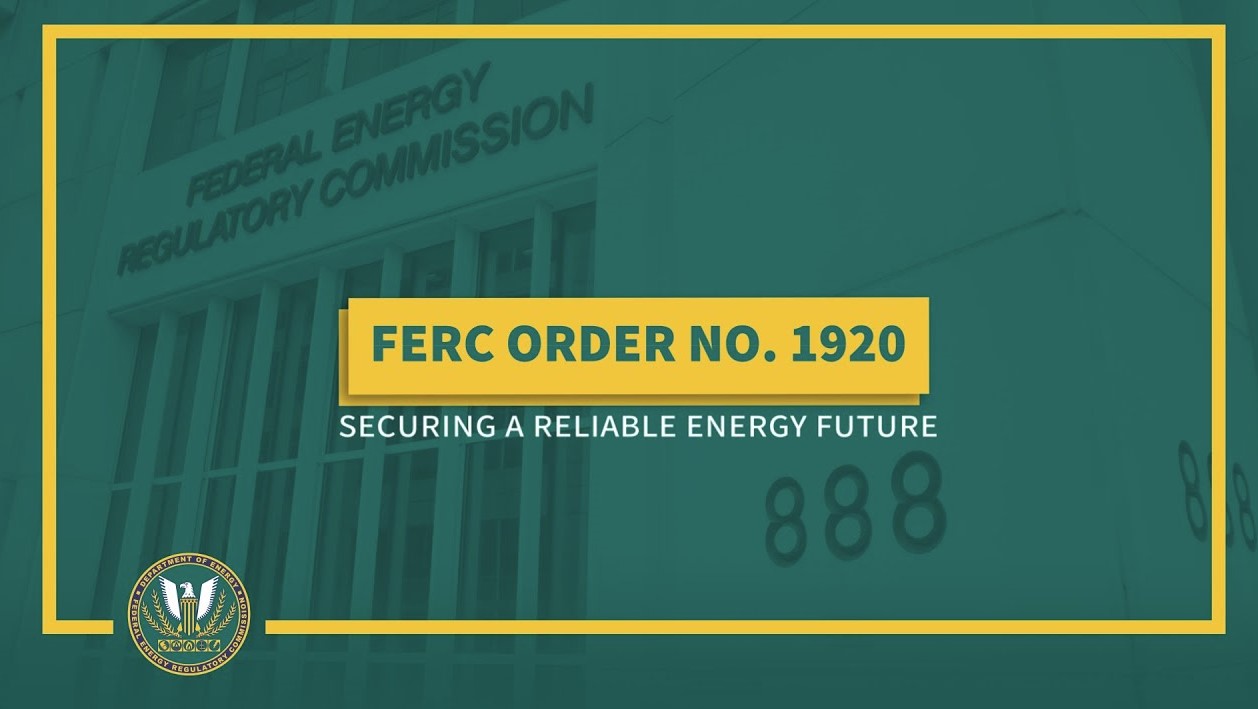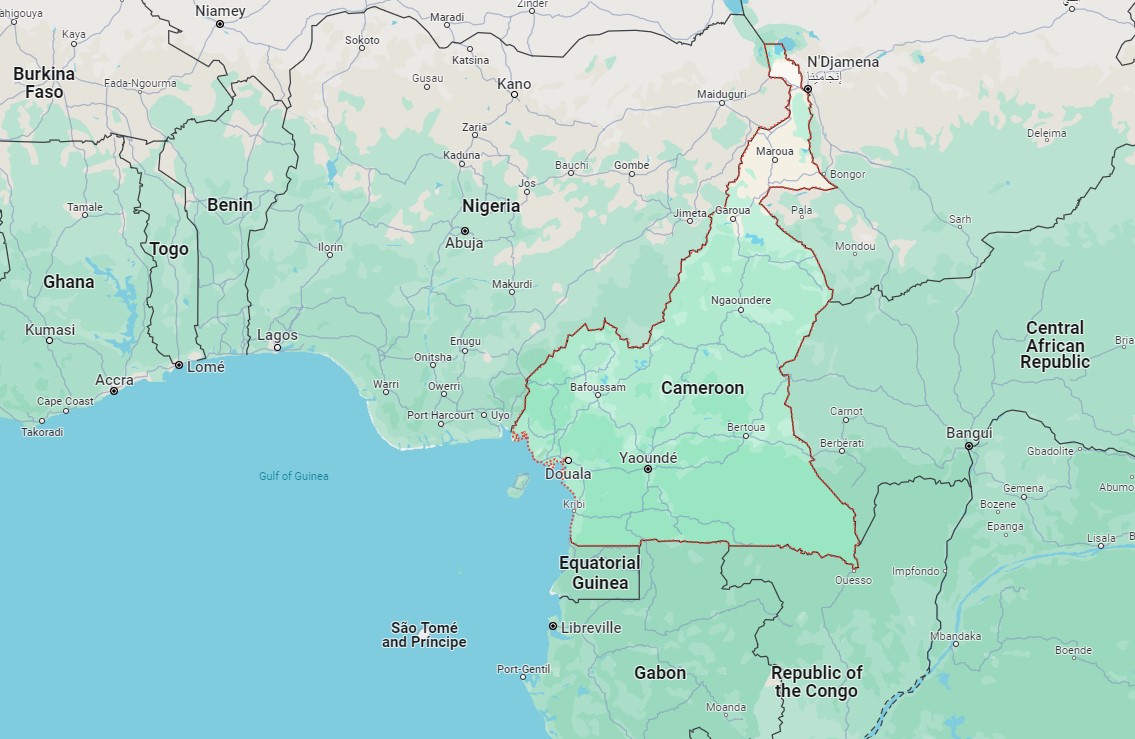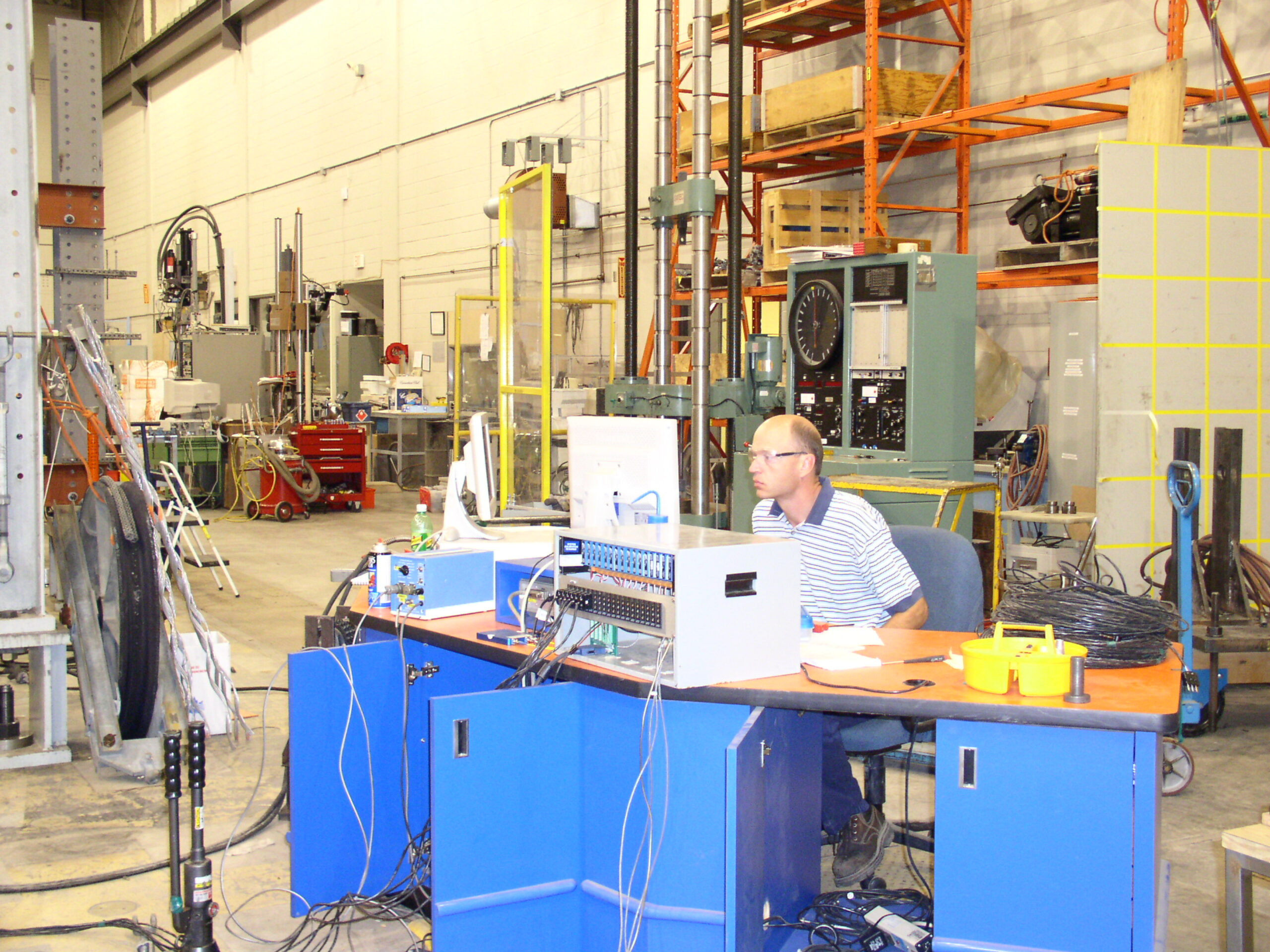Earlier this month the Australian Energy Market Operator published a final ruling on Marginal Loss Factors. The ruling, which takes effect on July 1st, is expected to have a profound impact on the economics of renewable generation projects in Australia.
Specifically, developers of wind and solar farms face a cut to revenues based on the difference between generation output and actual power delivered – taking transmission line losses into consideration.
The “derating” of many projects in the queue may make it much more difficult to justify critical investment, and existing generation assets may see a substantial cut in revenue.
CTC Global, based in Irvine, California, USA has proposed one possible solution.
In 2005, CTC Global commercialized a new type of bare overhead conductor frequently used to increase the capacity of existing transmission lines. The product, known as ACCC Conductor uses a hybrid carbon fiber core to replace the steel core generally used to support overhead aluminum conductive wires.
While the ACCC Conductor is capable of carrying twice the current of conventional steel reinforced conductors, its lighter weight core allows the use of approximately 30 percent more conductive aluminum which serves to reduce line losses by a whopping 30 to 40 percent. Reduction in line losses can subsequently rebalance the marginal loss factor issue described by AEMO.
According to AMEO: “New generation is increasingly connecting at the periphery of the transmission network, including northwest Victoria, southwest NSW, and north and central Queensland. In these areas, access to renewable resources is good, yet the network is electrically weak and remote from the regional reference node.”
CTC Global believes that upgrading existing transmission lines with ACCC Conductor in these regions – and using ACCC Conductor for proposed tie lines – will have a profound impact on improving the economics of existing and proposed renewable resource projects, while improving grid reliability and resilience.
Worldwide over 675 projects ranging from 11 kV to over 500 kV have already exploited the advantages of this important new technology.
For more information, please visit www.ctcglobal.com
